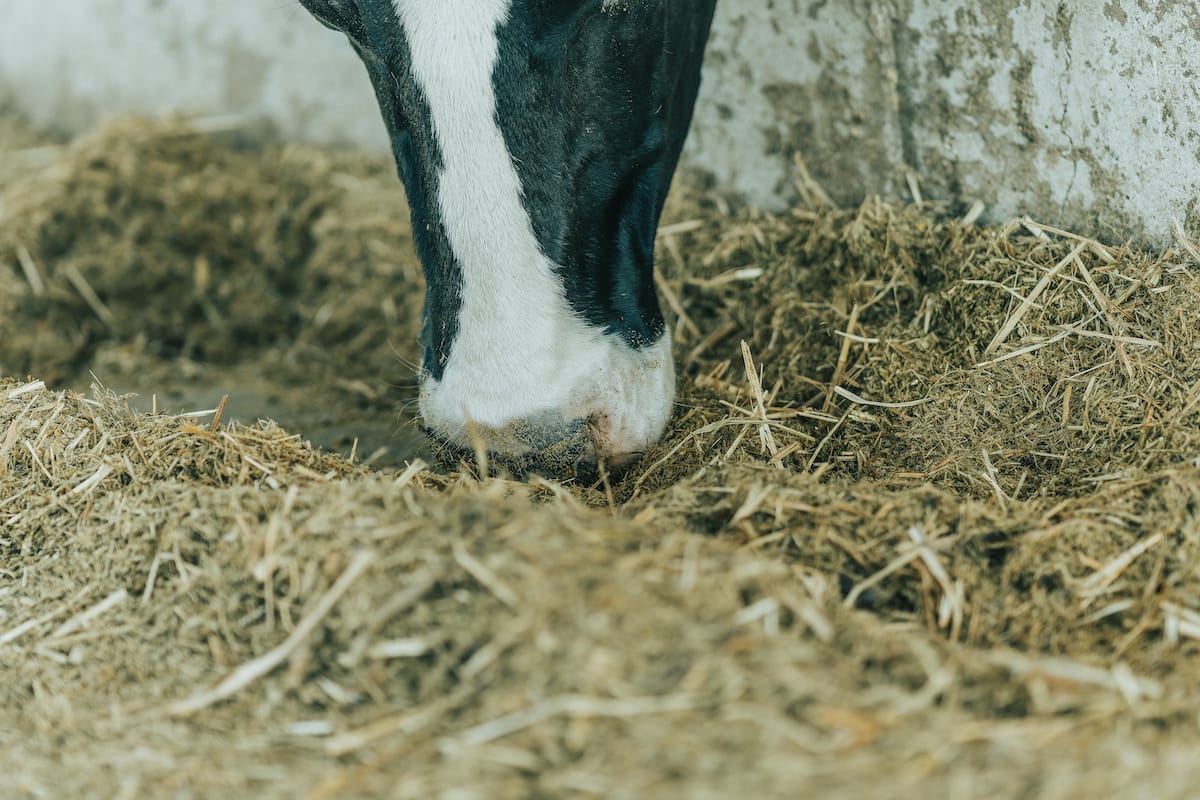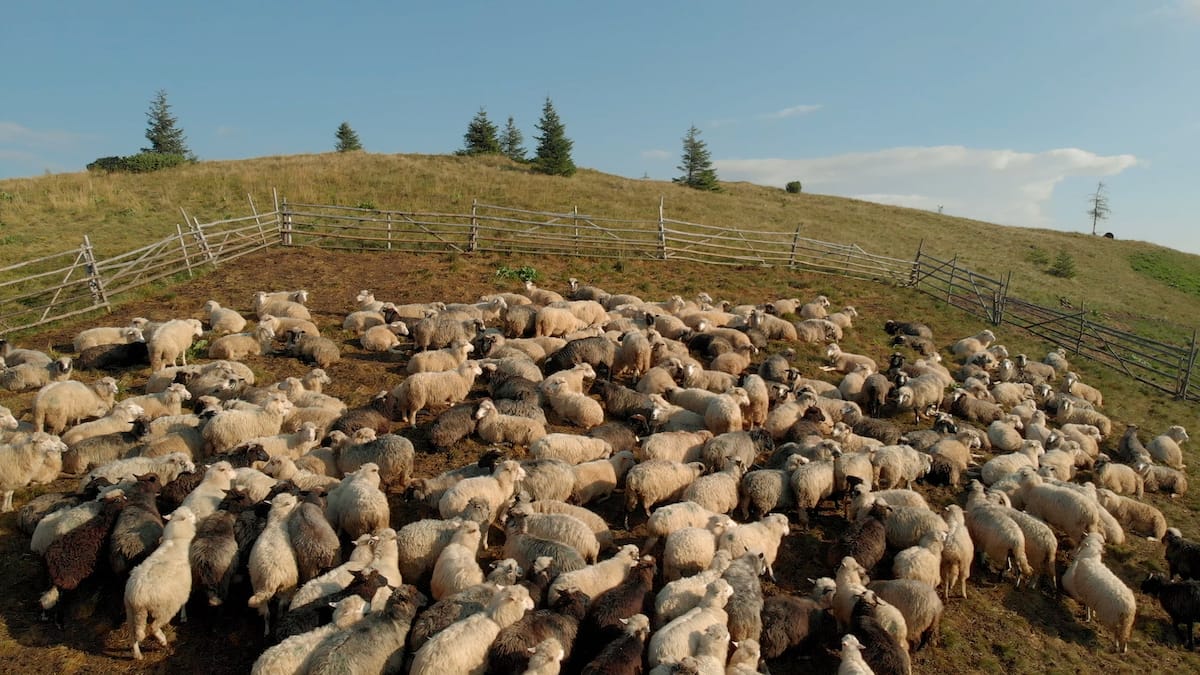Article Summary:
Mob management during a drought may not prevent short-term losses but can prevent long-term losses to your forage-based livestock operation. As drought sets in, the stockman can temporarily lower stocking densities (fewer grazing animals per acre), stretch available forage with hay or supplemental feedstuffs, or even lower the nutritional needs of animals. Yet, such tactics may only be cost-effective for a short time. Keep in mind that culling of animals may be necessary as the drought worsens.
- Reduce Stocking rate /Destocking
- Use alternative feedstuff instead of forage
- Review and develop a prioritised list of animals
- Restrict animals’ access to pasture
- Examine the costs associated with feeding hay and supplements
- Pay close attention to weather forecasts and the current market
- Summary
1. Reduce Stocking rate /Destocking
Maintain records on the availability of forage and other feeds. If forage growth slows, reduce the stocking rate on each pasture by increasing the area grazed by the current number of animals.
Limit the access of grazing animals to current pasture supplies by allowing them to graze for brief periods during the morning or evening.
If the leaves and stems of warm-season grasses in the Sorghum family (sorghum, sudangrass, sorghum x Sudan hybrids) are wilted and tan-coloured, avoid feeding this forage to animals as it may contain toxic components.
2. Use alternative feedstuff instead of forage
Use supplemental feedstocks such as soybean hulls, corn gluten, and cottonseed that could stretch the available forage in the pasture if the drought persists.
Limit the grazing pressure on current pasture supplies by allowing animals to access hay or creep rations.
Continue supplementing this limited grazing with a balanced ration of hay, soybean hulls, corn gluten, cottonseed, or other supplements to stretch the available forage.

3. Review and develop a prioritised list of animals
Examine your herd records to determine which animals would most likely yield a long-term return on the money invested in hay and supplements.
Review or develop a prioritised list of animals to remain in the herd and of animals to cull. For example, open or old cows have poor reproductive efficiency, poor disposition, and low weaning weight.
Producers should invest only in animals that are likely to generate a return and focus on those animals that will provide the highest returns.
Carrying open, old, or unproductive animals through a drought is unlikely feasible. As the drought worsens, prices for culled animals may drop quickly. Pregnancy test cows and sell open cows, old (~10 years old), did not wean a calf, or have a physical defect.
Reduce the nutritional needs of brood females by weaning calves that are five months or older and allowing weaned animals to access pasture supplements and creep feeds.
Start culling cows that have calves with below-average weaning weights and poor dispositions.
Focus on investing resources only in animals that are likely to generate a return by continuing to cull according to your cull priority list. Begin culling more deeply based on calf weaning weights, cow age, and calving date. Try to maintain a herd of cows that will calve within a 90-day period.
4. Restrict animals’ access to pasture
If the drought persists, it is essential to restrict animal access to the entire pasture.
As the drought becomes more advanced, forage species begin to go dormant. Drought alone rarely kills forage species, but overgrazing forages during this stressful stage can cause persistence problems.
Poor persistence leads to weed encroachment and soil erosion, which can be costly to the producer in the future. Therefore, it is crucial to restrict access to the entire pasture.
This restriction will limit damage from overgrazing to specific areas instead of your entire pasture.
Renovate these “sacrifice areas” following the drought. For example, allow only limited access to the rest of your pasture for brief periods.
5. Examine the costs associated with feeding hay and supplements
Develop a ration based on available feed and forage supplies and provide just enough to maintain moderate body condition.
Dry females have their lowest nutritional needs in early to mid-pregnancy. Therefore, early weaning is a strategy used to maintain brood animals on poor quality forage with little or no supplemental feed, allowing the producer to stretch available feed.

6. Pay close attention to weather forecasts and the current market.
Continue to monitor weather conditions and the short and long-term forecasts.
Do not hesitate to lower the population early rather than too late. For example, if no drought relief is in sight, sell low priority animals before the market price declines sharply.
Using an up-to-date forage and feedstock inventory, calculate how many animals the operation can feasibly carry through the drought.
Even if a drought-ending rain is in the forecast, plan to account for pasture recovery time.
If grazing begins before sufficient regrowth has occurred, this additional stress will prevent the plant from accumulating reserves for future regrowth and will cause further thinning of stands.
Furthermore, toxic compounds like nitrates or prussic acid may be present in high concentrations following a drought.
Summary
A drought can be a difficult and devastating time for you as a livestock producer. It would be best to weigh the costs of feeding hay and supplements against the benefits of selling animals.
In times of drought, you should focus on culling animals that are unlikely to generate a return and restrict animal access to pasture.
Monitoring weather conditions and the market is vital to making the best decisions for your operation.
By following the steps in this article, we hope they help ensure that your business and animals survives a drought.
Until we meet again, Happy Farming!
- The Dedicated Team of Pasture.io, 2022-05-11